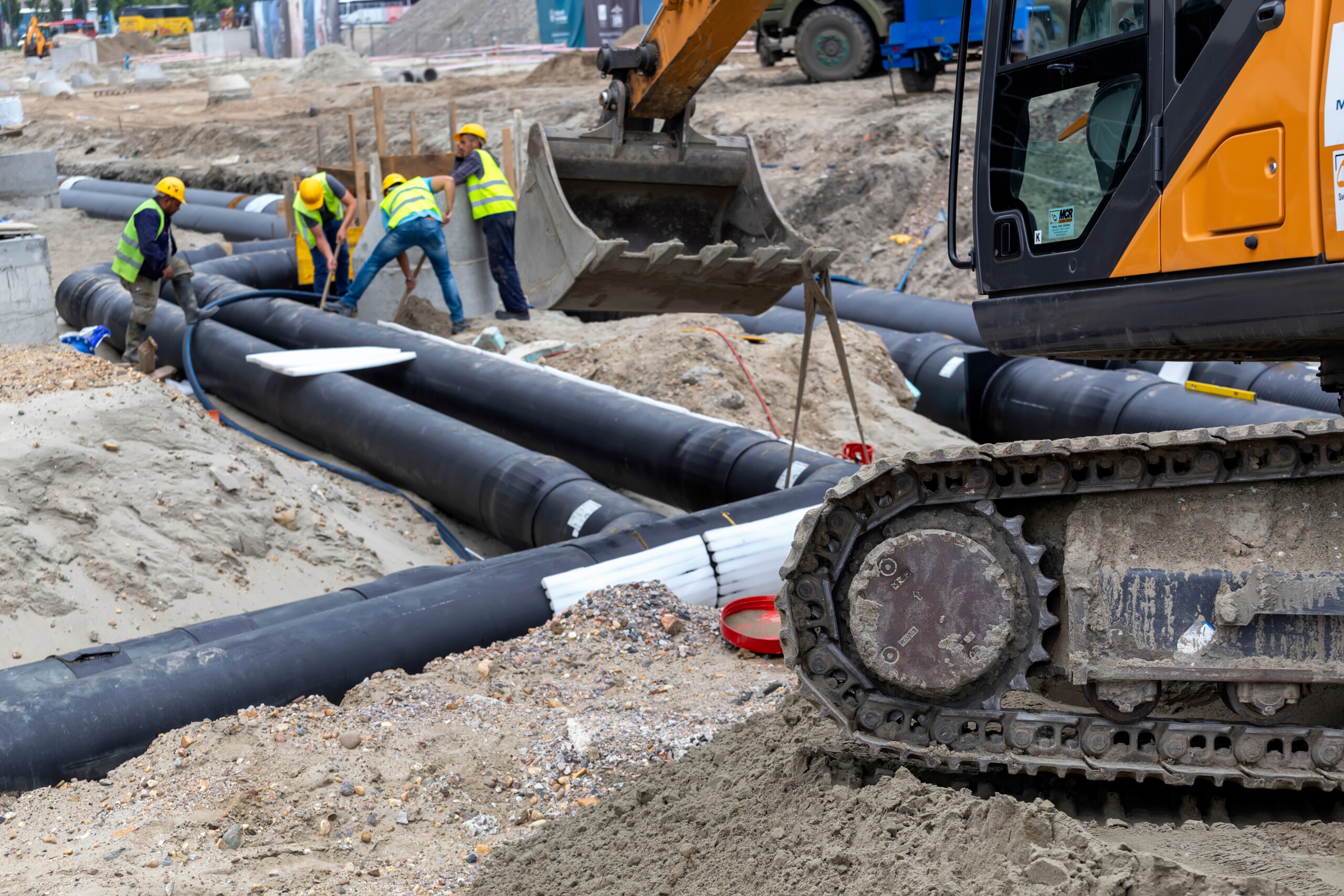SSEN heat and power planning
Supporting electricity network operators to plan for decarbonised heating across Scotland.
Across Britain our heating systems are changing both in response to climate change and increasing energy costs. It’s anticipated that most heating in the future will be electrical. This has large implications for our local electricity grids. These are managed by Distribution System Operators (DSOs), such as Scottish and Southern Electricity Networks (SSEN). The Centre for Sustainable Energy (CSE) worked with SSEN to map where heat networks and heat pumps are likely to be deployed across Scotland, and to model the resulting impact on the electricity network. This analysis helps SSEN plan targeted upgrades to ensure the grid can support Scotland’s transition to low-carbon heating.
Understanding the electricity impact of heat decarbonisation
Generally, it is expected that heating in the UK will decarbonise in two ways:
- Replacing boilers with heat pumps.
- Connecting homes and businesses to decarbonised heat networks.
A heat network is a system of insulated pipes that transports heat (and sometimes cooling) from a central source to nearby buildings. These networks often use waste heat from industry or renewable sources – making them potentially zero carbon.
Decarbonised heat networks and heat pumps use electricity to produce the heat they supply. While this is far less electricity than conventional electric heaters, they still have a large impact on the electricity grid.
SSEN is responsible for the electricity network in Scotland. Part of this includes ensuring the grid is fit for purpose into the future. To do this, it needs to know where and when the electricity demand will change.
In Scotland, local authorities are required to produce Local Heat and Energy Efficiency Strategies. These strategies aim to indicate how heat may decarbonise in their local area. However, they have been produced by differing organisations, to different standards. This means it’s difficult for SSEN to use them to help their future grid planning.
Building on our work in England, CSE worked with SSEN to develop an answer to this problem.
A unified approach to heat mapping
In England, the Department for Energy Security and Net Zero is developing a National Heat Zoning approach. This approach aims to reveal areas where heat networks are likely to be the most cost-effective option to decarbonise heat across England. These areas will become Heat Network Zones – where there will be additional powers to help grow heat networks. CSE has been developing the model which underpins this approach.
Drawing on our experience of that model we performed a similar mapping exercise in Scotland. This allowed us to highlight which areas were most likely to decarbonise through heat networks, and which would use heat pumps.
We extended this analysis to highlight the impact of these decarbonised heating solutions on the electricity network. This information can be used by SSEN to help with planning changes to their network.
Support for local authorities, government and DSOs
CSE has significant expertise in modelling the heat and electricity system. We’ve provided support to many actors both local and national to understand the impact of decarbonisation on their areas or assets.
If you’re interested in finding out how we can help you, contact Martin Holly, our Head of Technical Consultancy.



